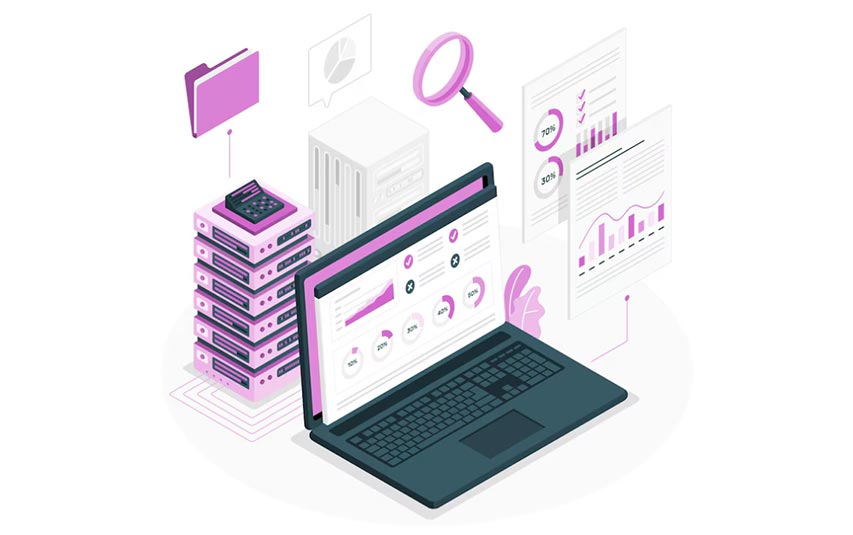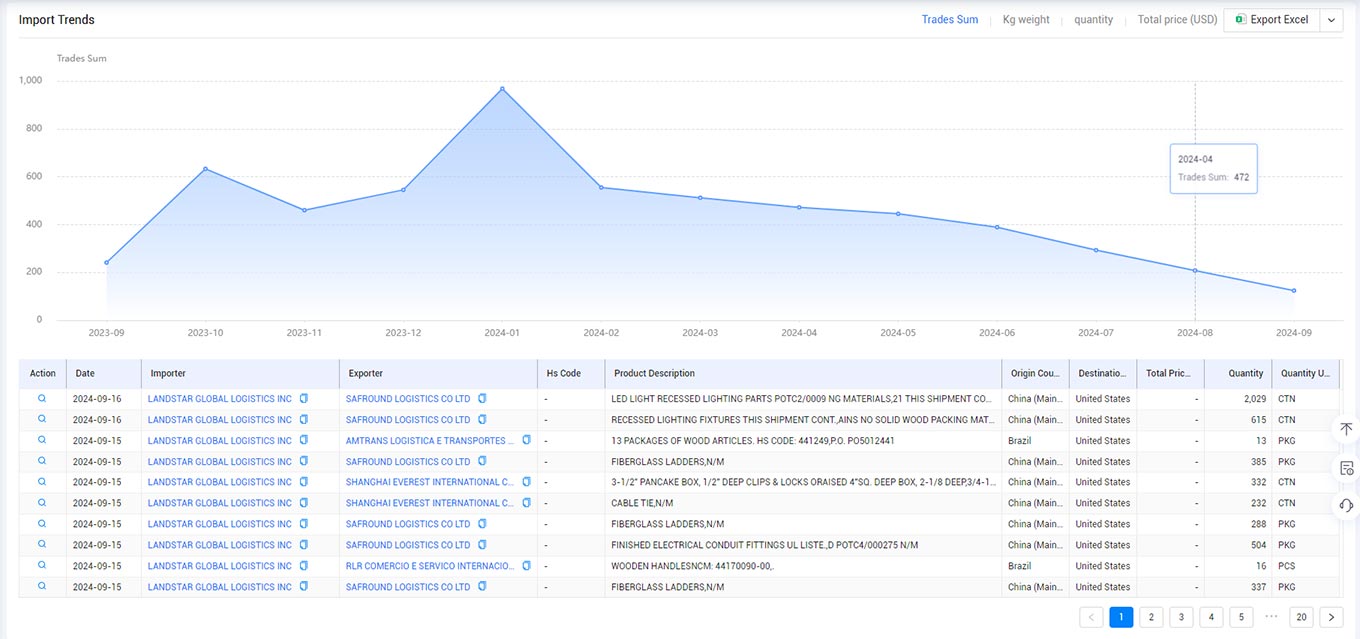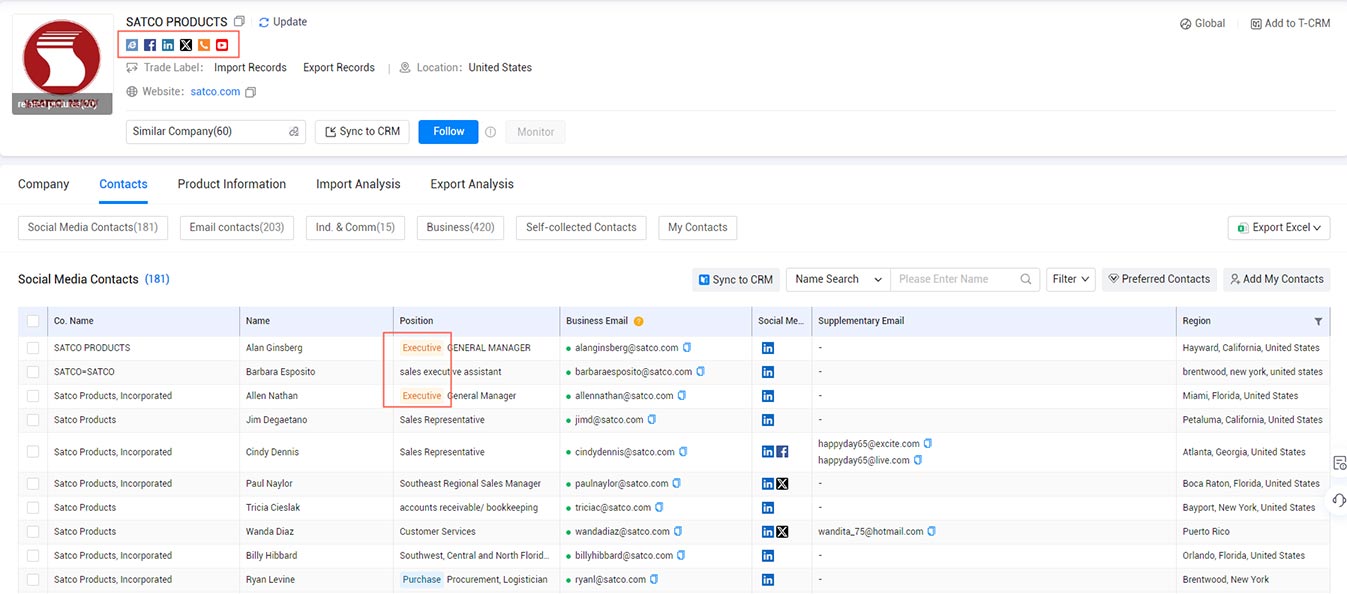 Trade Data Provider
Trade Data Provider
 19-09-2024
19-09-2024
Many people are not very familiar with import export data; they may have heard the term but are unclear about its specific functions and how to use it.
The content of import export data primarily comes from the import and export customs declarations or bills of lading from companies. This data includes detailed records of goods being imported and exported and serves as a critical reference for companies engaged in international trade. However, there are some common misconceptions about import export data. Some believe that simply having access to this data will automatically lead to a flood of inquiries and orders, but this is not the case.
Firstly, while the raw customs data does include import and export records, contact information (such as phone numbers and emails) for clients is usually not listed on customs declarations or bills of lading. This is because such information is considered personal and private, and most companies do not provide direct customer contact details on these forms. Therefore, many people mistakenly think that by obtaining import export data, they can easily generate numerous foreign trade orders. In reality, this is inaccurate. To secure orders from import export data, one must first analyze the customer information provided and then develop a targeted approach using customer contact details.

What is the true value of import export data?
The real value of import export data lies in its ability to help companies accurately understand and evaluate each buyer's purchasing behavior and habits in the market.
This includes:
· Purchase Volume: Understanding how much product a customer buys during each order helps gauge their procurement needs and market position.
· Purchase Cycle: By analyzing the customer's procurement cycles, companies can predict when the next purchase will occur and prepare sales strategies in advance.
· Purchase Frequency: Frequency analysis allows companies to identify high-frequency, high-value customers who can be prioritized for relationship building.
This information is crucial for developing market strategies, conducting customer analysis, and executing targeted marketing. Companies can use import export data to identify potential customer groups and analyze their purchasing behavior, which enables them to craft specific marketing strategies. As a result, when negotiating trade deals with customers, businesses can engage more precisely, increasing the likelihood of successful transactions.
>> Understand customer purchasing habits through the Tendata import export data platform <<

Raw import export data is not enough
To develop customers effectively, you need both the raw data and buyer contact details provided by an import export data platform.
Some low-cost or free import export data platforms merely process and sell raw data without offering buyer contact details. They might tell you to "dig deeper" by using search engines, social media, or other tools to find the buyers' contact information. This approach wastes your time, and the information you find may not even be accurate. So, what kind of help are they really providing? Essentially none, since raw import export data can already be accessed from customs websites in various countries—it's just a matter of speed.
However, a platform like Tendata not only provides background information about the buyer (such as basic, business, and financial details), but it also offers verified contact information for executives, including their emails and social media handles. This allows you to directly begin customer development. This is the kind of import export data platform truly worth investing in.
>> View customer information provided by Tendata <<

In Conclusion
By leveraging import export data properly, companies can gain a competitive advantage in the highly competitive international market, precisely target customers, and increase their business success rates.
Category
Leave Message for Demo Request or Questions


 T-info
T-info T-discovery
T-discovery

 My
Tendata
My
Tendata Market Analysis
Market Analysis Customer
Development
Customer
Development Competitor
Monitoring
Competitor
Monitoring Customer Relationship
Customer Relationship





































































































































